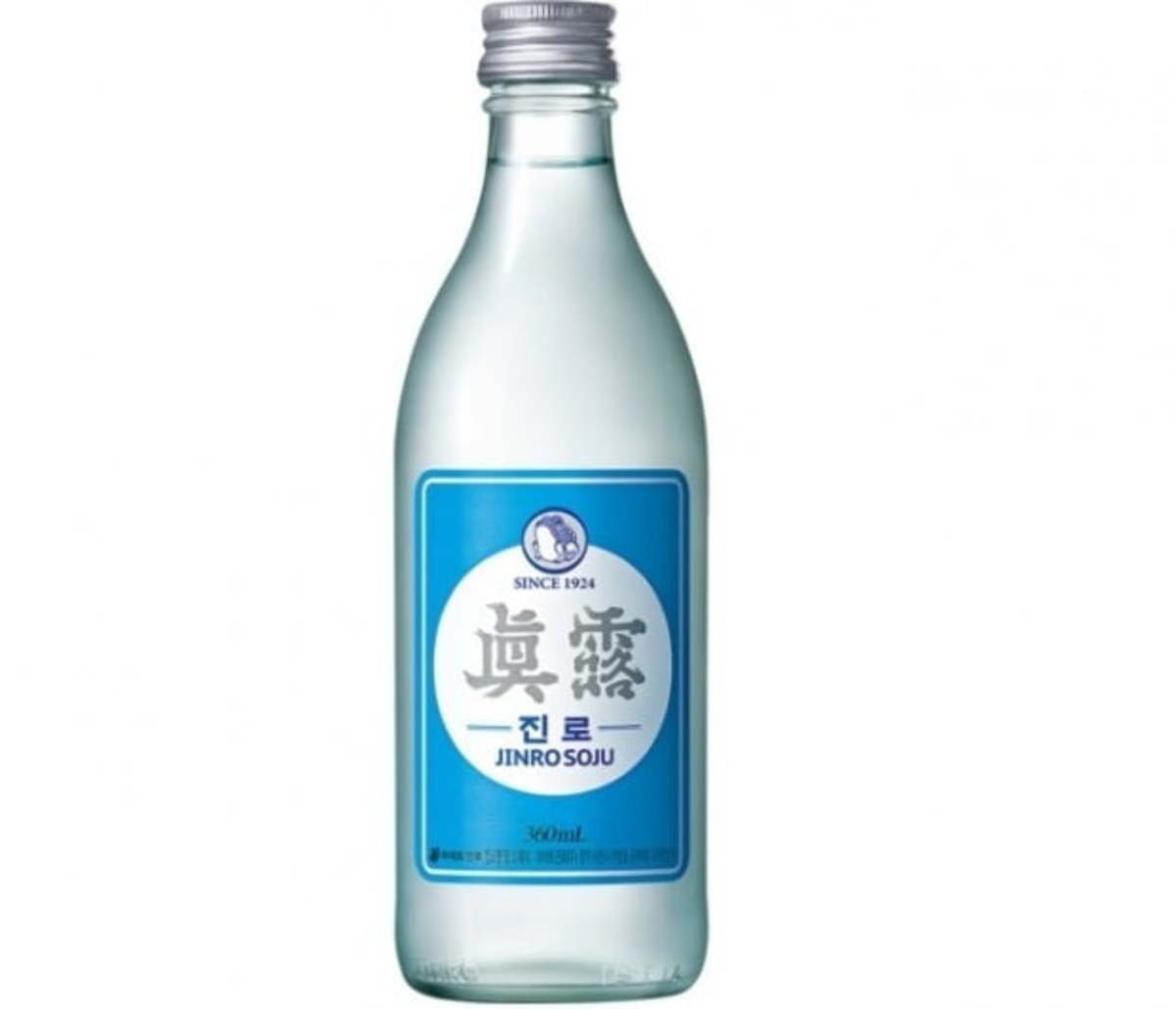Alcohol Culture in Korea: Soju (소주)
One of the things Korea is known for is their night culture. Especially in Seoul, countless bars, clubs, and pubs light up weekend nights. For Koreans, the weekend usually starts on Friday as in most other cultures, but sometimes it starts on Thursday depending on the time people get out of work. Korea’s night culture varies from having a simple glass of wine at a wine bar or having a casual Korean barbecue over a shot of so-maek (most popular alcohol mix in Korea of soju and beer, which will be discussed more later) to dancing the night away at a jazz or hip-hop lounge bar. But some things that can not be left out during this night are hours and hours of chatting and drinking alcohol. There are some unique alcoholic drinks in Korea that are loved by many office workers and even students.
Soju (소주)
Soju (소주) is probably the most common and cheapest type of high percentage spirit alcohol in Korea. There is a certain reminiscence and resonance that soju emanates from even the thought of it.
Soju has been around as a sharer of Korean people’s hui-no-ae-rak (희노애락) (happiness, anger, sorrow, and joy of life) since the Joseon Dynasty. However, it was only during the Japanese colonization that soju became a national drink through the rise of mass production. Before soju was popularized, it was produced through a distillery of imported molasses, resulting in soju to be 40% or higher. Grains were only used, but it was mostly consumed by upper class people because grains were expensive and rare back then. Popularized soju was produced through the dilution process and made the alcohol percentage lower. Since then, soju has been decreasing its alcohol by volume percentages, with most of them now around 16%~17%.
Korea’s very first soju production company was a machine operated factory in Pyeong Yang opened in 1919. Then in 1924, the famous Jinro Soju made its appearance in Pyeongnam. Jinro relocated to Seoul after the Korean War and is the most widely consumed soju to this day.
Behind the Blue Bottle
Most come in green bottles today, but before the bottles became green their blue bottle was even more popular. In Korean people’s memories, the blue soju bottle was what consolidated them during the Japanese regulation and pressure as well as throughout the war. Behind that blue bottle lies for people the sentiment that derives from always having had something to long for: mother country, home, freedom, culture, root, and identity.
In 2019, Jinro reinterpreted that long line of heritage and brought back the blue bottle with the intention to give people the nostalgic feeling. This is probably the most popular soju enjoyed today.
Like it did in the past, soju is still there in the good days and bad days of people’s lives. Many people like to hang out with friends or talk over a shot of soju after work. There is something about this drink that makes it easier for people to open up about themselves. The conversations that travel back and forth between friends or someone that you share the drink with becomes deep, honest, and real. Soju is there in between celebrations, consolidations, appeasement, or support. People stressed out from work forget about all the stress and pressure for that moment or even find solutions. People receive support to overcome challenges or hurdles. In the cycle of people’s unpredictable, versatile life, soju has always been there.
Appearance of Different Types of Soju
A few months ago, in February, 2022, a unique type of soju was developed by Jay Park. He positioned the drink as a premium, high-quality soju costing nearly 14,900 KRW (approximately $16 USD). This is extremely costly for a bottle of soju compared to regular soju, which is usually around 2,000 KRW (approximately $2 USD). Jay Park’s Won Soju is different in that it is a distilled type while all the other more common soju is diluted, and his is made with local rice. I also agree and respect Jay Park’s effort to try to share “various beauties of diluted alcohol," nut I am still curious to know Jay Park’s thoughts on the role he considers Won Soju to play in society, the people’s culture, and what he envisions his soju to be. I wonder about this only because I can’t help but think that it goes against everything that soju has been representing for people so far–the sentiment, the feelings of the regular people whose life may well have easily been more of enduring than enjoying.
Aside from Won Soju, different types of soju has been produced. Cocktail soju is soju with different flavors such as grapefruit, peach, grape, strawberry, apple, yogurt, and more. Jinro came out with flavored soju: Chamisul Grapefruit, Chamisul Green Grapes, Chamisul Plum, and Chamisul Strawberry.
Soju production is still ongoing and soju brands are always trying to produce something different, something new that people can enjoy. I believe that is the essence of soju: it is for people. For all people to enjoy the good times and the bad. That has always been the philosophy, and the heritage must be maintained and carried on.





